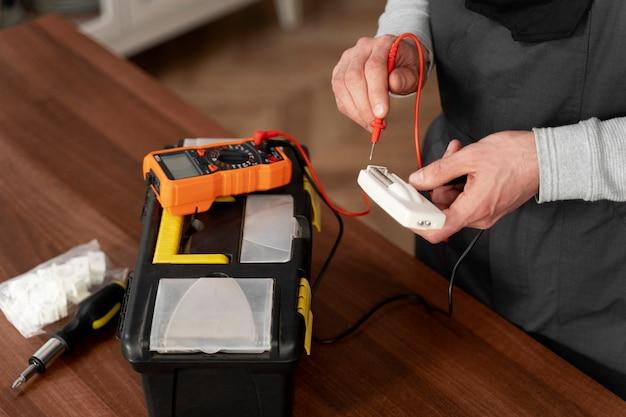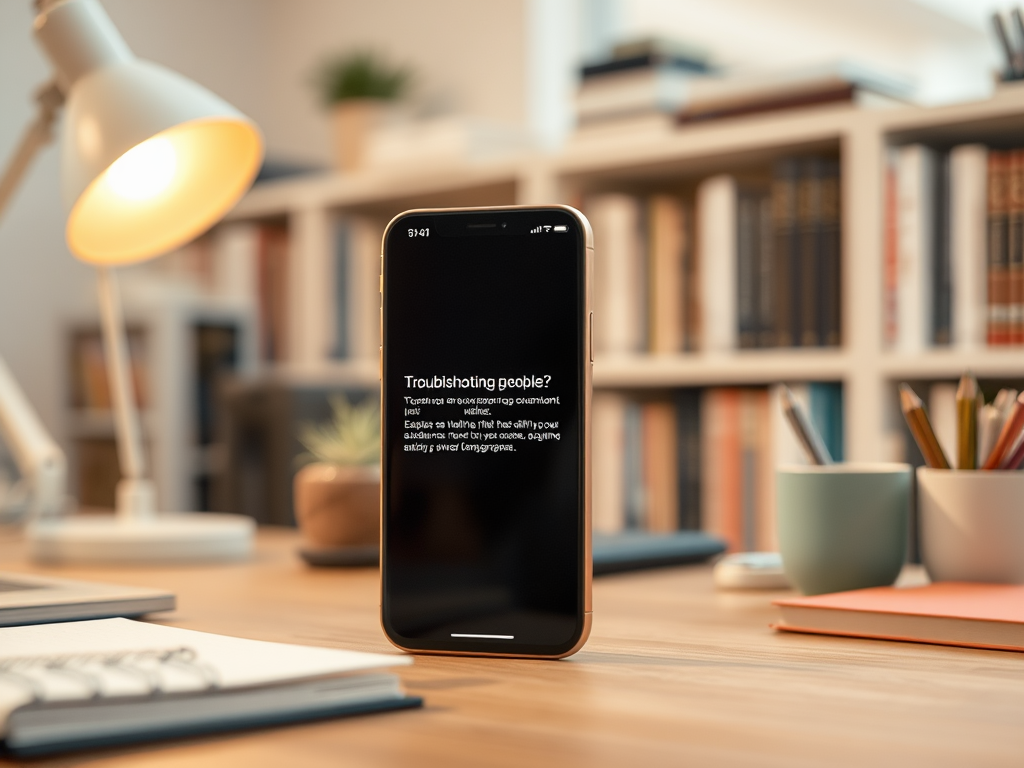Testing hot and neutral wires with a multimeter is a fundamental skill for anyone involved in electrical work, whether you’re a professional electrician or a DIY enthusiast. The main topic of this article is to provide a comprehensive guide on how to use a multimeter to differentiate and test hot and neutral wires safely. ‘Hot’ wires carry live electrical currents, while ‘neutrals’ complete the circuit to the ground, and distinguishing between the two is crucial for any electrical task. This guide will give you the necessary knowledge to handle voltage testers and understand the readings they provide, ensuring safety and competence in your electrical endeavors.
Understanding Your Multimeter
Before diving into the tests, one must become familiar with the multimeter itself. Multimeters come in two primary forms: analog and digital. Analog models use a needle to display readings, while digital multimeters (DMMs) will show the measurements on an LCD screen. Important features to look for in a multimeter when testing electrical wires include voltage measurement capabilities and test lead inputs. When setting up your multimeter, it’s crucial to select the correct voltage range that matches the circuit you will be testing. This ensures accuracy and safety during the testing process.

Preparing for the Test
Adhering to safety procedures is paramount when dealing with live wires. The first step in preparation is to gather the necessary tools, such as your multimeter, insulated gloves, and safety goggles. Materials like colored electrical tape might also come in handy for marking wires. Most importantly, you must ensure that the power to the circuit is completely off before proceeding. This can be done by switching off the circuit breaker or removing the fuse associated with the circuit you’ll be testing.
Identifying Hot and Neutral Wires
Standard household wiring typically utilizes color coding to differentiate between hot and neutral wires. Hot wires are generally black or red, indicating the presence of electrical currents, while neutral wires are typically white. However, when working with older or improperly marked wiring, additional identification tests may be necessary. Since the distinction between hot, neutral, and ground wires is crucial for safety and functionality, using a multimeter will help to confirm their identities accurately.

Step-by-Step Guide to Testing Wires with a Multimeter
Now that you’re prepared, here’s how you can test hot and neutral wires:
- Setting up the multimeter: Ensure the multimeter is set to measure voltage. For household circuits, you’ll typically use the AC voltage setting.
- Testing for voltage in the hot wire: Attach one lead of the multimeter to the hot wire, usually identified by a black or red insulating cover. Place the other lead to a neutral or ground and observe the reading. A voltage should be present if the wire is indeed hot.
- Testing the neutral wire: Now, connect one lead of the multimeter to the white wire and the other lead to the ground wire. The neutral should not display a voltage. If voltage is present, this could indicate a problem that needs further investigation.
Troubleshooting Common Issues
When confronting issues with your testing, consider the following:
If there’s no voltage reading on the supposed hot wire, the circuit might not be live. Check to ensure the circuit is energized by confirming that the breaker is on or the fuse is intact. Fluctuating readings can be the result of a loose connection or an issue with the multimeter itself. If in doubt, double-check the connections and the settings on your device. To ensure the reliability of your readings, always start with a multimeter in good working condition and with charged batteries if applicable.
Tips for Accurate and Safe Multimeter Use
For precise readings and to prevent accidents, understanding the voltage settings on your multimeter is crucial. It’s also vital to use the correct setting for the type of circuit you’re testing—AC for alternating current as found in home wiring, and DC for direct current, as in battery-powered devices. Maintenance of your multimeter includes regular calibration (if required), battery replacement, and keeping the test leads intact and in good condition.

Conclusion
In conclusion, testing hot and neutral wires with a multimeter requires careful preparation and an understanding of electrical safety practices. By accurately identifying hot and neutral wires, using the multimeter’s voltage settings properly, and following the outlined steps, you can perform these tests safely and confidently. Regular checks of your electrical systems contribute greatly to the safety and functionality of your home wiring.
| Wire Color | Expected Voltage | Typical Identity |
|---|---|---|
| Black/Red | Live voltage (~120/240V AC) | Hot wire |
| White | No voltage | Neutral wire |
FAQs
Q1: Is it safe to test electrical wires with a multimeter?
A1: Yes, it is safe to test electrical wires with a multimeter as long as you follow strict safety procedures, such as ensuring the power is off to the circuit and wearing protective gear.
Q2: How can I tell which wire is hot and which is neutral?
A2: Typically, in household wiring, the hot wire is black or red, while the neutral wire is white. However, you should always test to confirm identities as color coding can vary.
Q3: Can I use any multimeter to test hot and neutral wires?
A3: Most multimeters can test for voltage, which is what you’ll need to identify hot and neutral wires. However, ensure your multimeter has the proper voltage range for the circuits you are testing.
Q4: What should I do if my multimeter doesn’t show any voltage on the hot wire?
A4: If there’s no voltage, the circuit might not be live, there could be a tripped breaker or blown fuse, or there could be a disconnection somewhere in the circuit. Ensure the circuit is supposed to be live before further troubleshooting.
Q5: What indicates a proper neutral wire during testing?
A5: A proper neutral wire should not have voltage when tested against the ground. If there is voltage on the neutral wire, it could indicate a serious wiring problem that needs to be addressed by a professional electrician.



